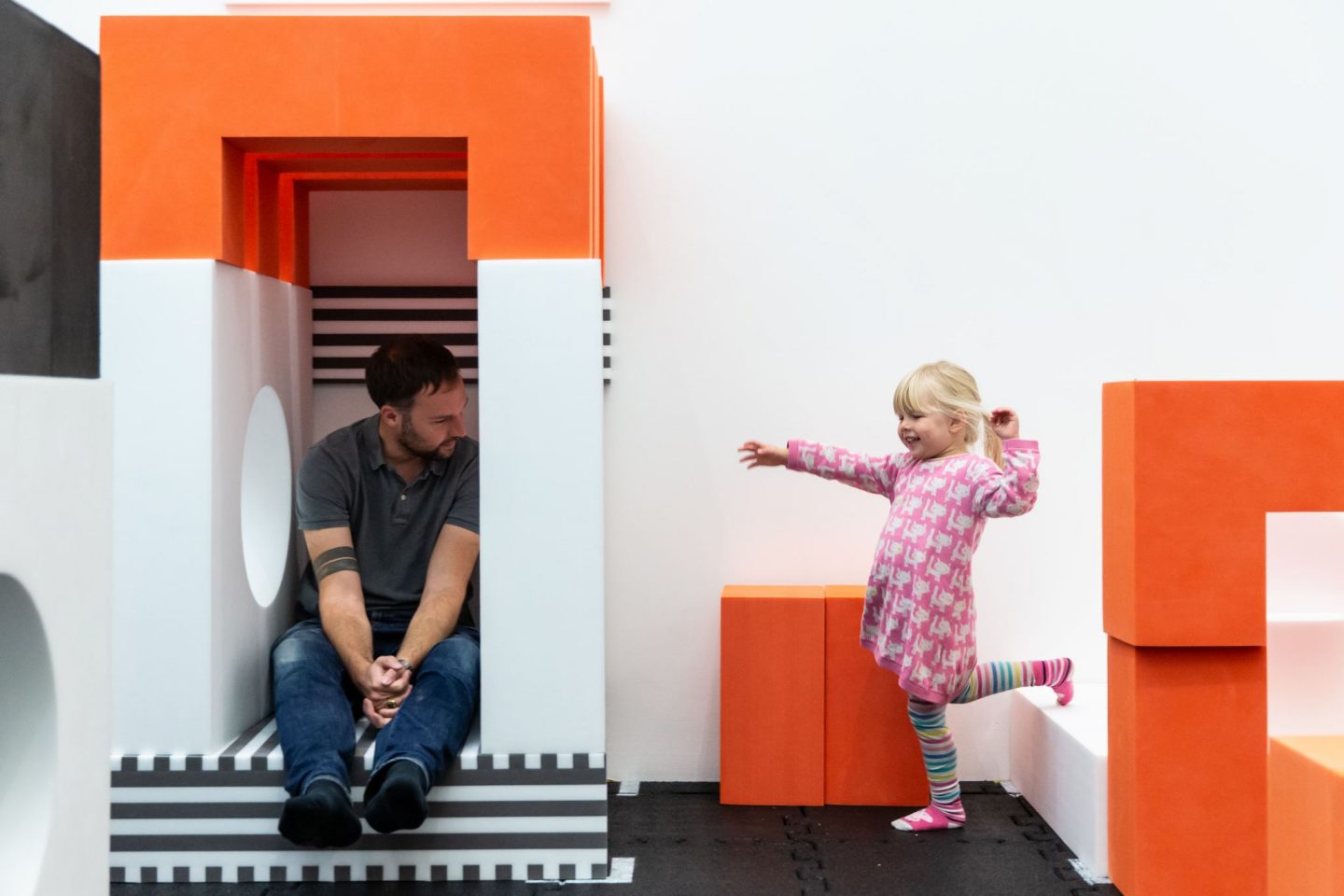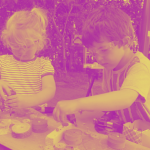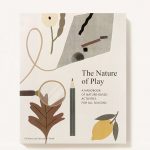This post shares BALTIC Centre for Contemporary Art’s latest play exhibition, ‘Play Rebellion.’ The show is an interactive installation collaboratively developed with artist Pippa Hale.
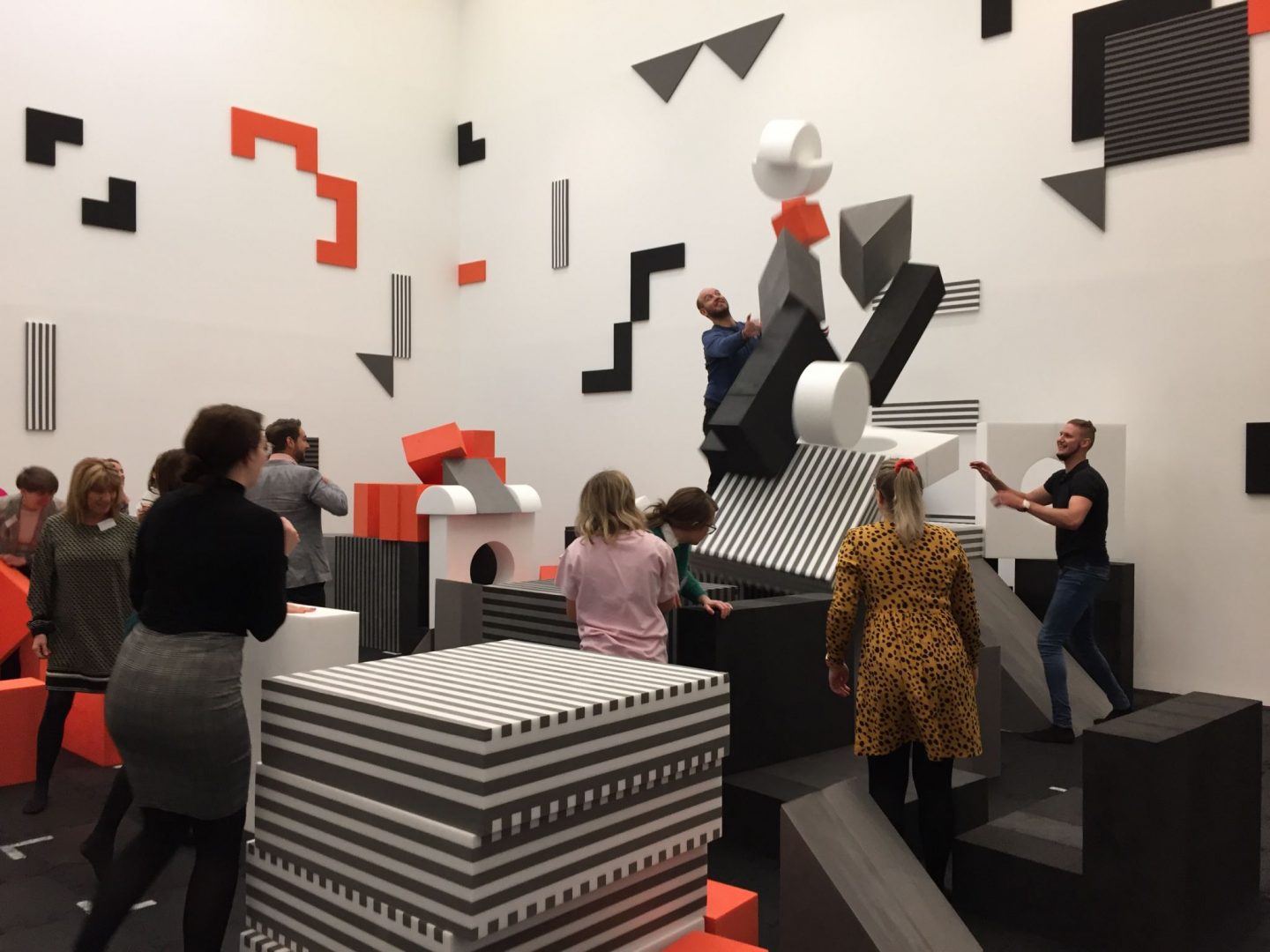
Opportunities for people to engage in play have declined in recent years as a result of a shift in school curriculum priorities and a rise in risk-averse attitudes.
In response to the decline in creative play, BALTIC Centre for Contemporary Art have teamed up with artist Pippa Hale to present Play Rebellion. The show is an interactive exhibition for people of all ages where visitors can transform the gallery space using large foam shapes. These shapes can be arranged in a myriad of ways, encouraging visitors to use their creativity and experience the gallery in an embodied way. By doing so, visitors can take back ownership of their playtime and play spaces… an act that Pippa describes as an act of rebellion.
Children, creativity and play
Pippa was initially inspired to create Play Rebellion after experiencing drab soft-play areas and identical public playgrounds with her own children.
She explains: “There was no opportunity for the kids to change their environment, to have input into these space or to create something new. So Play Rebellion came out of that frustration and my interest in introducing children to new experiences.”
Pippa describes the rebellious activity in the exhibit as something that reclaims our creativity from state control and giant tech companies. She believes that play can be instrumental in resisting the ways in which policymakers tinker with the national curriculum, the way tech companies distract people’s attention and how local councils plan town centres with very little input from local people.
“I was also inspired by George Land’s creativity test for NASA in which 98% of 1600 four and five-year-old children were assessed as having genius levels of creativity. When these children were re-assessed as adults, only 2% had the genius level of creativity. This says a lot about our education system and what it does to people. Creativity is such a fundamental part of being human and so much of this has been lost.”
To combat this decline in creativity, Pippa and the BALTIC team have designed Play Rebellion with no pre-set rules. This means that people need to self-regulate themselves in the space.
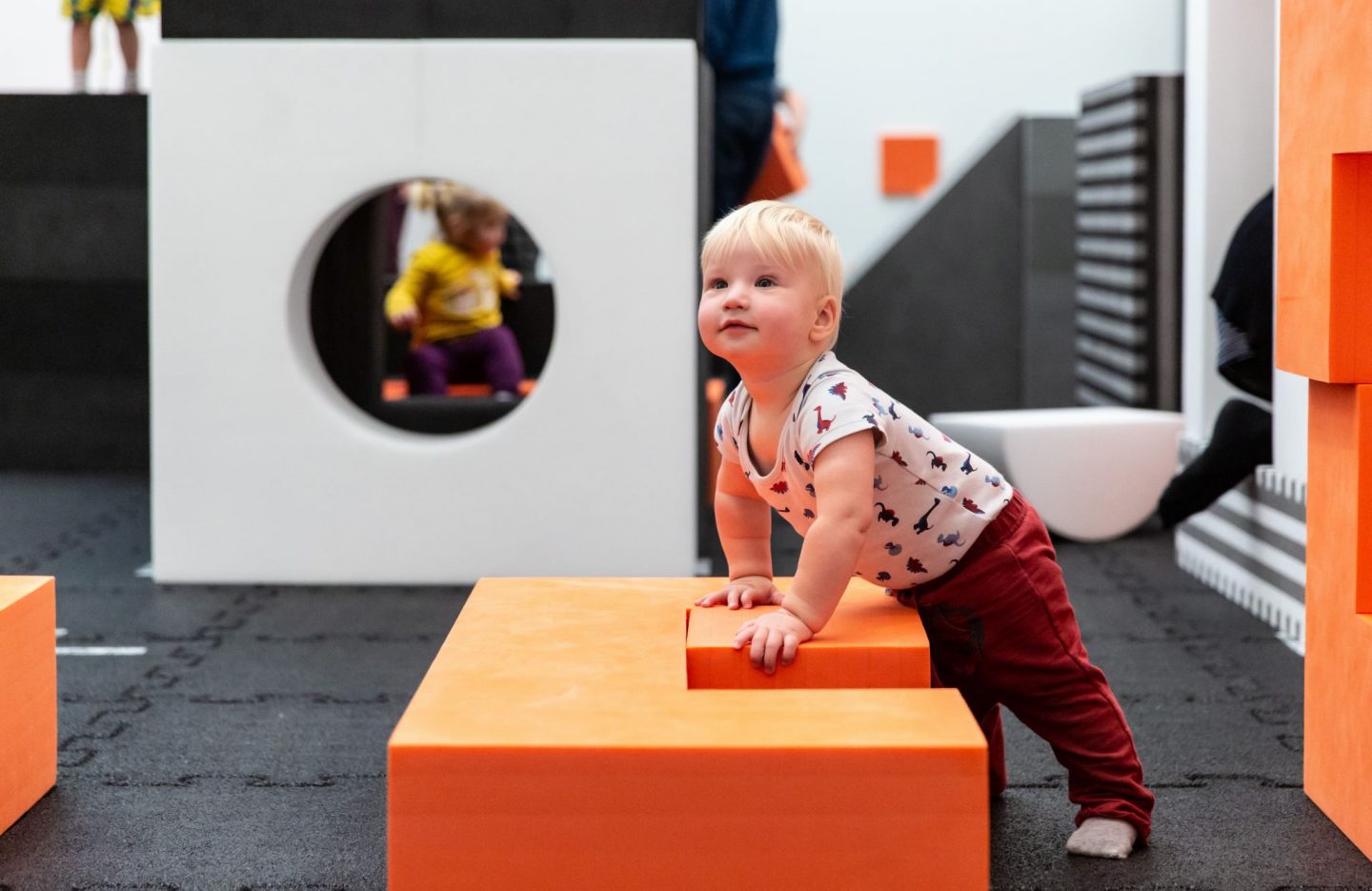
BALTIC’s history of play exhibitions
BALTIC, a contemporary art gallery located in Gateshead in Northern England, has a long history of developing innovative programmes for children, families and young people. Three years ago, the gallery started developing a new stand of play exhibits. Play Rebellion is the fourth play project BALTIC has put together.
The Playground Project
The first play exhibition to be presented by BALTIC was The Playground Project in 2016. The exhibition brought back many exemplary, but often forgotten playground initiatives, pioneering acts and adventures with a playground in which children (and inner children) can run, hide, climb and imagine. The exhibition included the work of Marjory Allen (Lady Allen of Hurtwood), Assemble, Joseph Brown, Riccardo Dalisi, Richard Dattner, Aldo van Eyck, M. Paul Friedberg, Michael Grossert, Cornelia Hahn Oberlander, Alfred Ledermann, Yvan Pestalozzi, Group Ludic, Egon Møller-Nielsen, Niki de Saint Phalle, Mitsuru Senda, Colin Ward and others (pictured below).
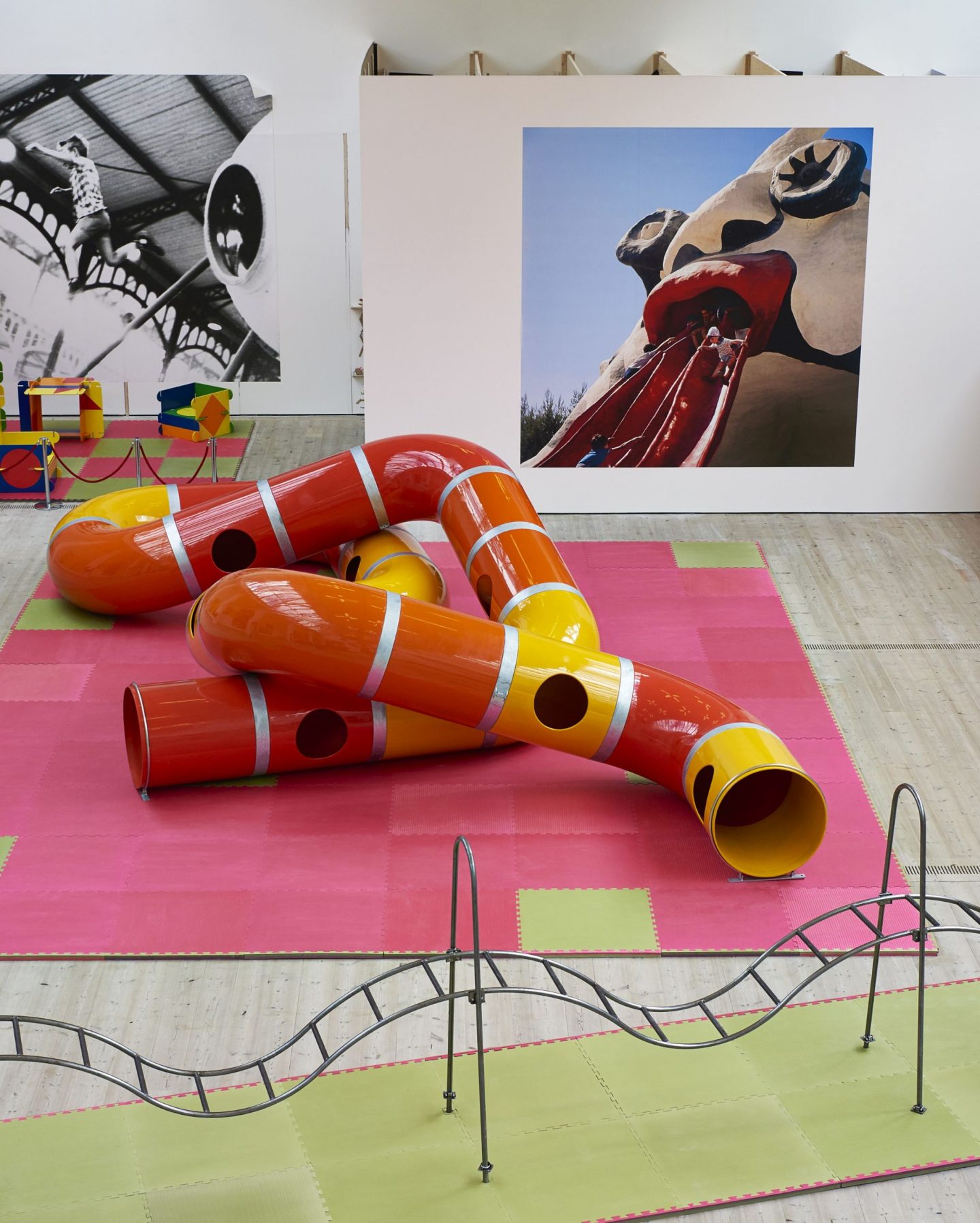
Infinity pitch: Play by your own rules
In 2018 BALTIC then exhibited‘Infinity Pitch, Play by your own rules’ (picture of this below) put together by artists Pester & Rossi. This 3-week commission featured a series of ‘action stations’ and inflatable artworks that encouraged visitors to create, break and destroy the rules of play. The Infinity Pitch space was then further activated by dancers, percussionists, an experimental orchestra and choir (check out this fab video to see it in action). Over 3 weeks, the show was visited by over 28,000 people!
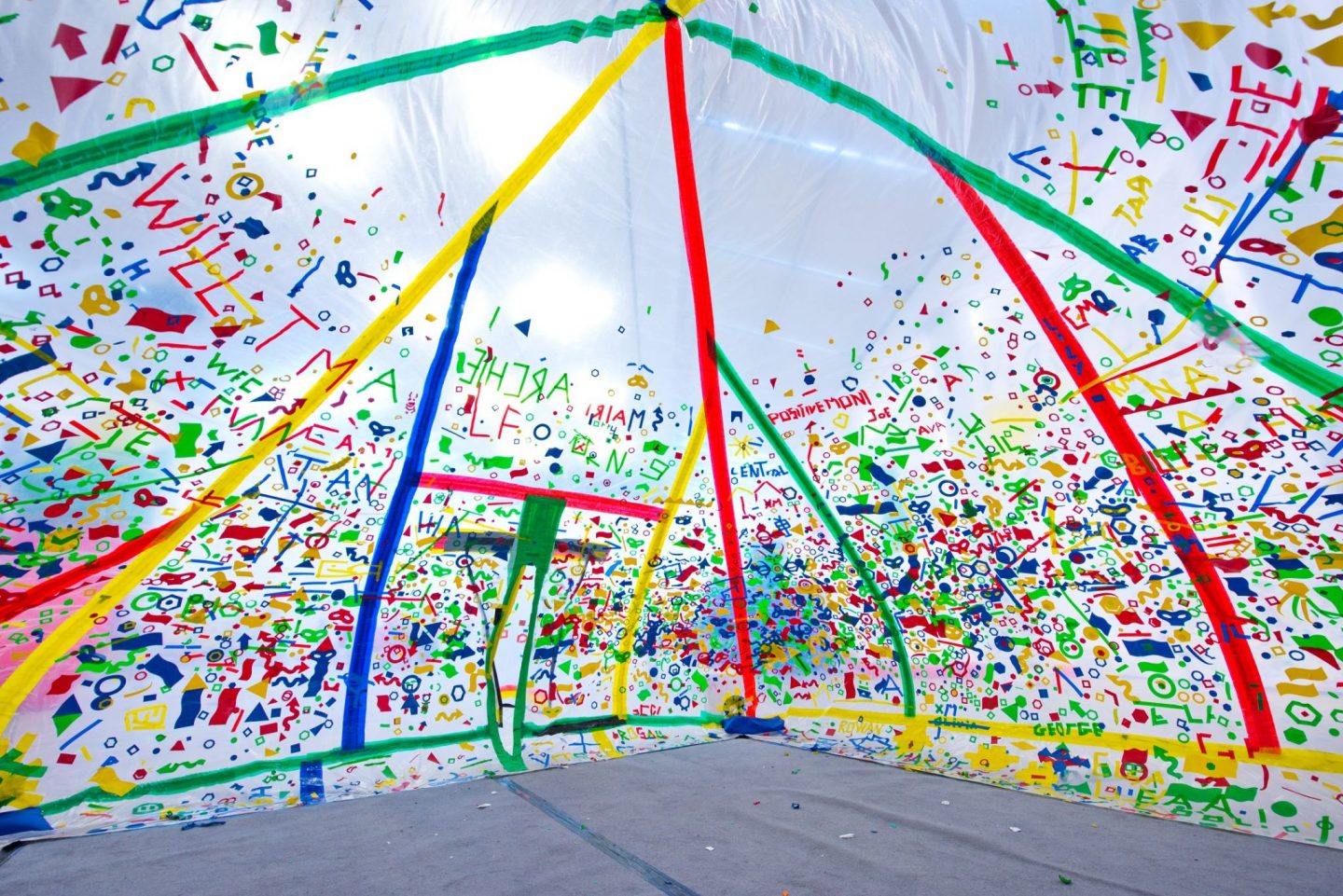
The City is where we are going next
Following this, ‘The City is where we are going next’ was presented earlier this year. Created by artists Simon and Tom Bloor, the exhibit looked at how the urban environment can be used as a place for play and artistic inspiration. Visitors could explore a maze, construct towers, climb a sculpture and take over the gallery space. A video of the show can be viewed here.
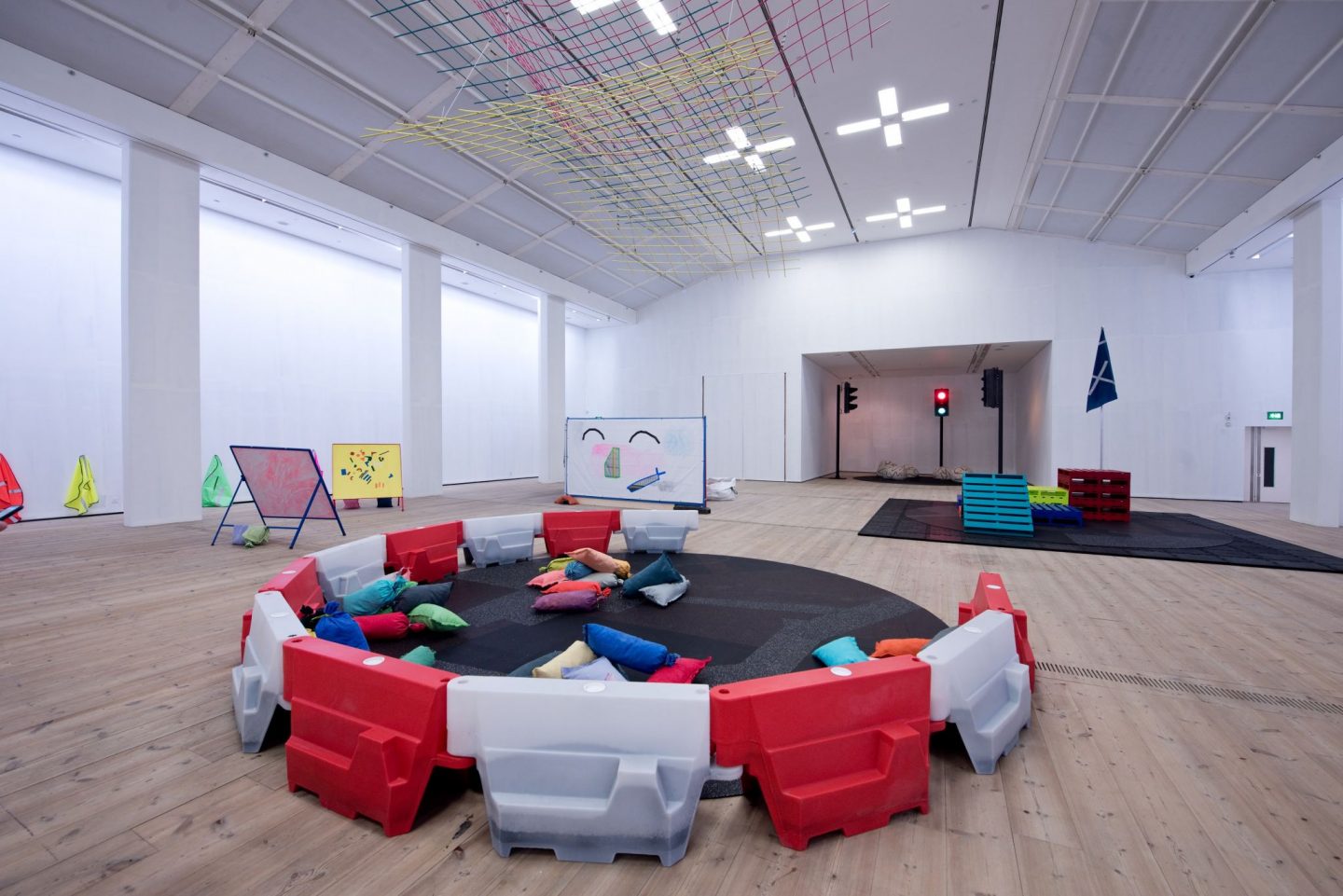
Vicky Sturrs, Head of Learning and Civic Engagement at BALTIC, believes that the gallery’s play programme has transformed what visitors can do in gallery spaces.
“In the past, we had quite a ‘white cube’ space that created different types of interactions but with the Playground Project, the gallery was all of a sudden very loud, sweaty and noisy. People who wouldn’t normally visit the gallery were suddenly repeat visitors. Lots of people were also staying for long periods of time so it really changed our approach.”
As art museums have traditionally been associated with more affluent community members, these exhibits have facilitated new connections between the gallery and more diverse audiences in the local Gateshead area.
An institution-wide commitment to children and young people
While the development of the play programme has encouraged the BALTIC to connect with new audiences, it has also changed how the institution operates internally. For example, how the team collectively manage risk and collaborate across departments.
Vicky explains: “The Play strand has really shifted how the ‘silo’ departments in the art museum work. For everyone to understand each other’s diverse roles, for us to work collaboratively, for the hierarchies between departments to dissolve and learning teams to be seen as equal to curatorial programmes. The play strand of programming has been a big part of that.”
By doing so, BALTIC is working as an institution team to navigate health and safety considerations, conservation requirements and visitor numbers.
Planning your visit to Play Rebellion
When checking out Play Rebellion, there are a few things that may make your visit smooth. Firstly, weekend and half-term breaks are expected to be busy. So if you are keen to avoid the crowds, try visiting during the week.
Secondly, if you enjoy nerding out about play, the exhibition also features a series of accompanying workshops, talks and events that explore different aspects of play. For example, how play supports place-making, voice and agency. You can check out the entire ‘Playing Up’ public programme here.
Pippa and BALTIC team have also put together a wonderful PDF resources with different prompts for playing in the space. It also features HEAPS of useful links to different play resources. This resource would be useful to anyone interested in play and creative learning!
Play Rebellion will be on display at the BALTIC Centre for Contemporary Art in Gateshead, England until 23 February 2020 .
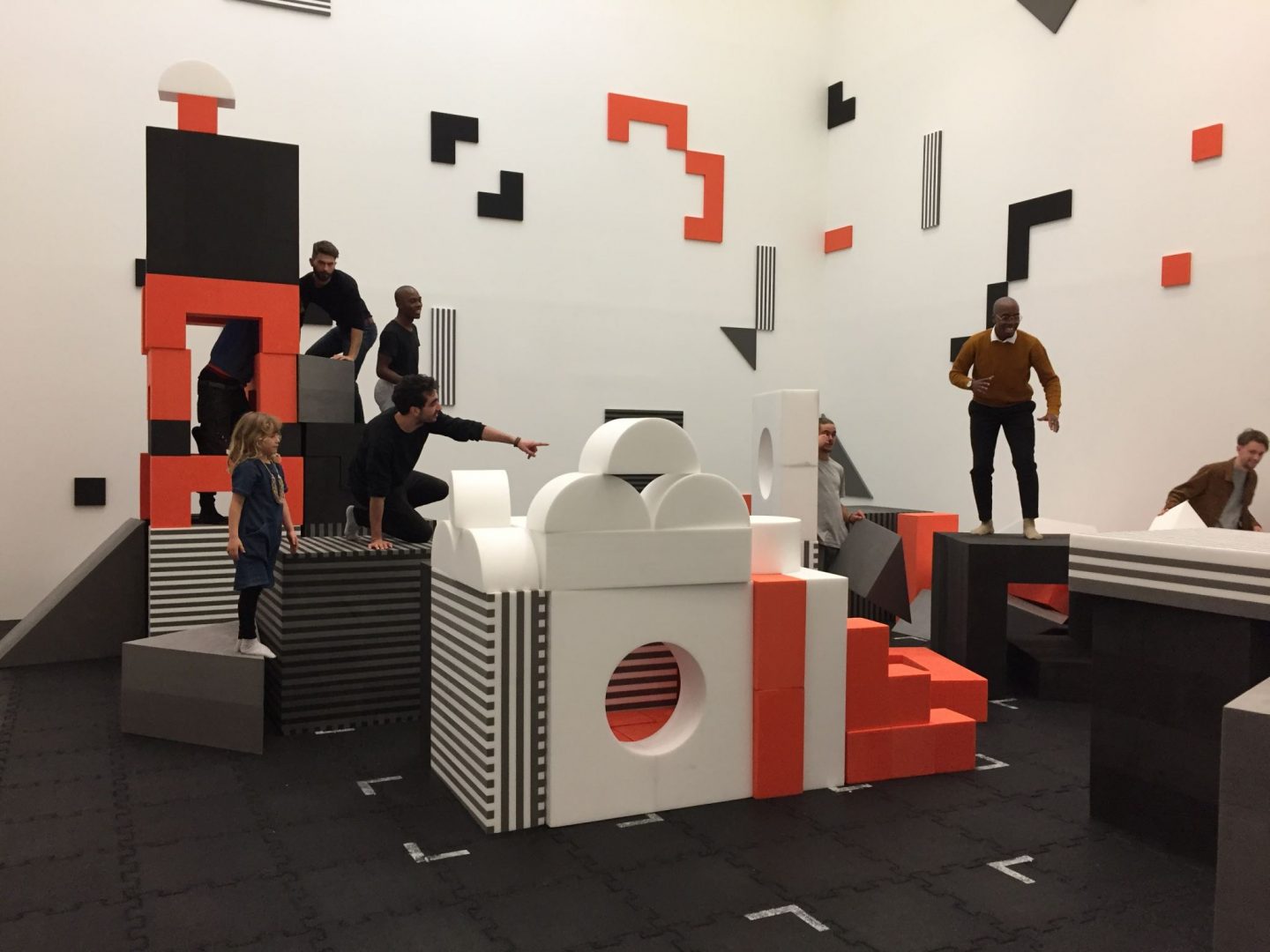
Related Posts to Play Rebellion
‘PlayTime’ at the Peabody Essex Museum


